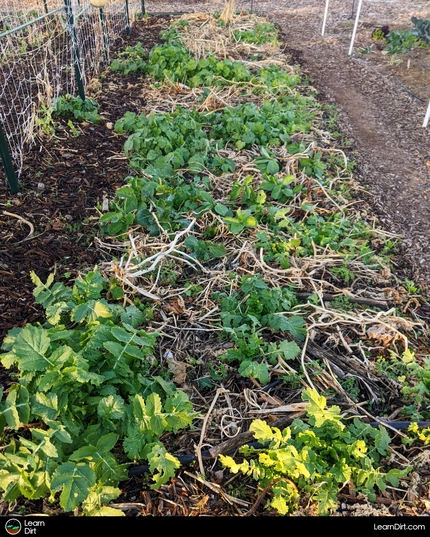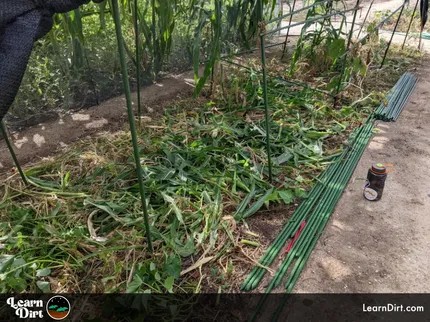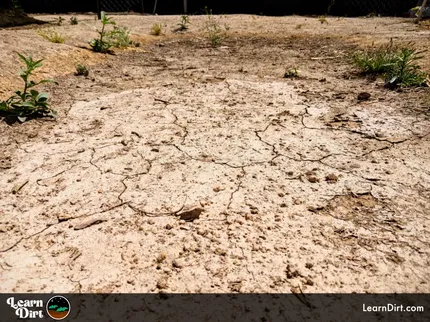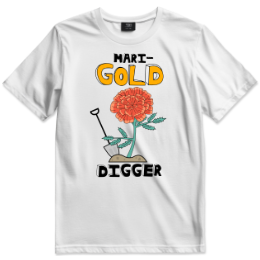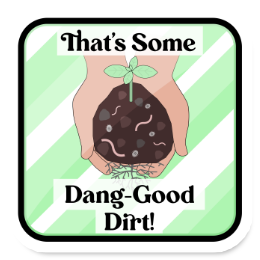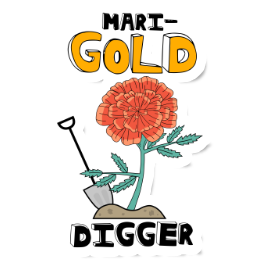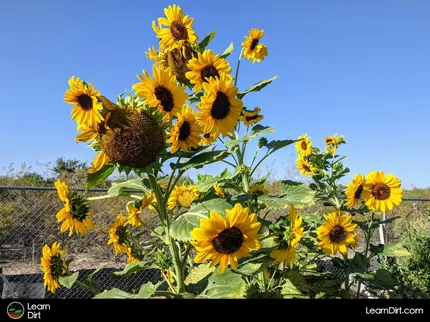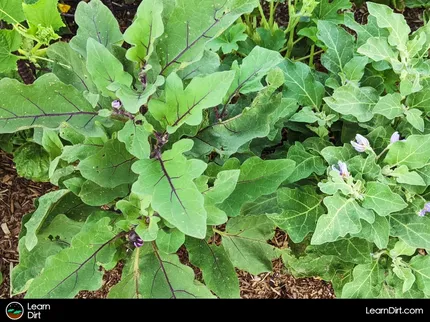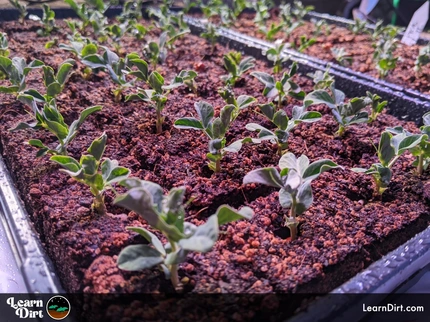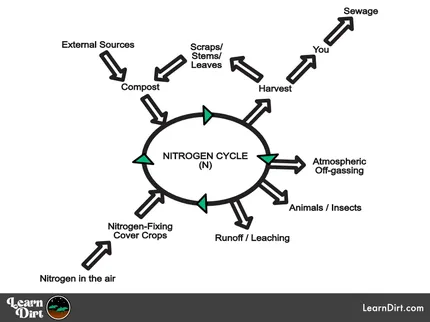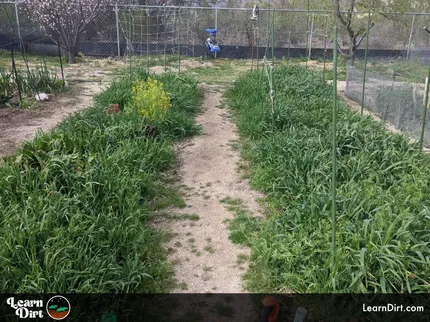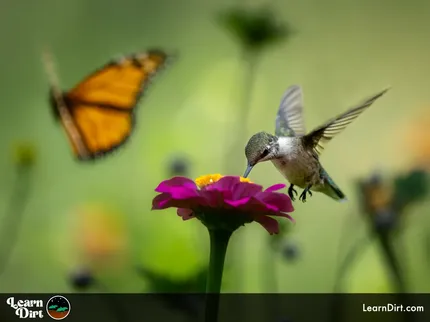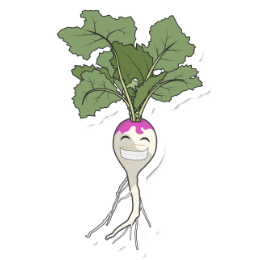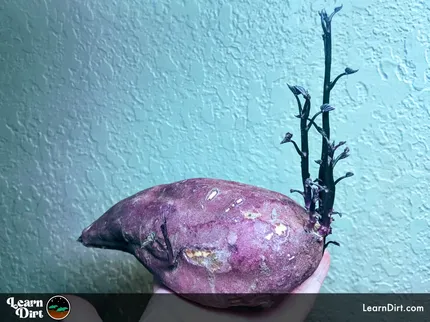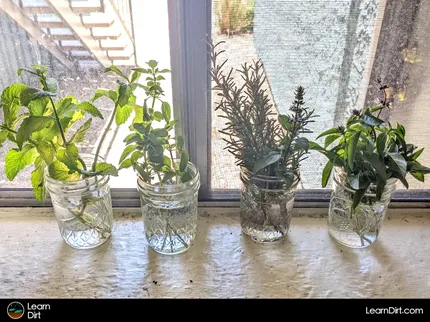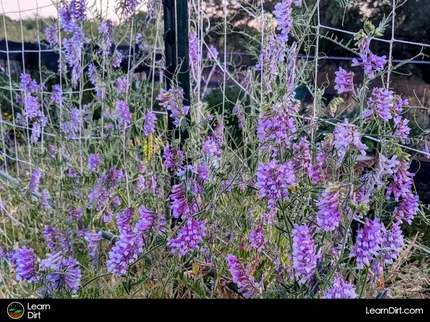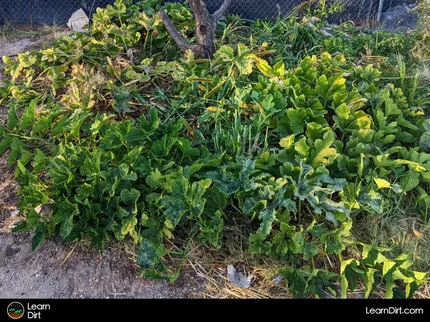Table of Contents
* Our articles never contain AI-generated slop *
If you're cultivating a permaculture ecosystem, you've taken on the role of the holistic shepherd.
Your job is to gently guide your ecosystem in a healthy and sustainable direction, while not imposing your will too much - all while maintaining the exquisite balance of the full system.
To come to understand the full cast of characters and the roles they play in the ecosystem - and how to work with them, instead of against them in your cultivated ecosystem.
Disclaimer: This post may contain affiliate links. Refer to the privacy policy for more information.
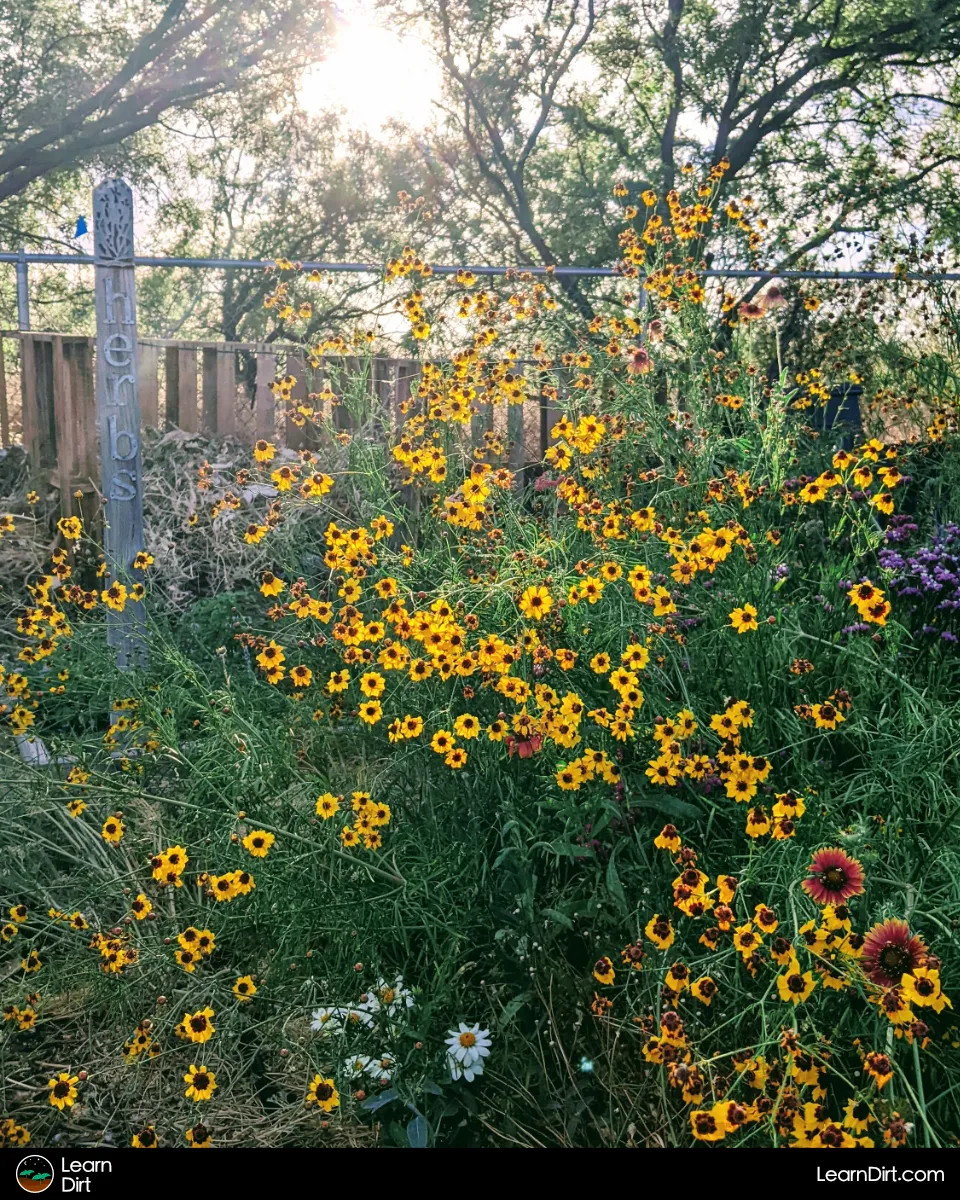
Let's jump into balancing your permaculture ecosystem!
Understanding Balance in Permaculture
How Equilibrium Is Achieved Within Natural Systems
Natural systems constantly tend towards attaining states of dynamic equilibrium. Acted upon by both outside and inside forces, a natural balance is often achieved given enough time (and sometimes with a little help from a gardener).
Somewhere between order and chaos exist natural systems, and your garden or farm also occupies this balancing point. Permaculture stresses this need for balance, and we also see balance and harmony emphasized in Eastern gardening methodologies.
Strategies for Balancing Permaculture Ecosystems
Promoting Biodiversity
Natural systems rely on biodiversity to attain balance. Each character has a role to play, and when all the forms of life come together an ecosystem is born.
Ecosystems are emergent properties which are greater than the sum of their parts - they are holisms.
Historically, humans have a pretty lousy track record of favoring biodiversity, instead opting for monocropping for ease of maintenance and harvesting. Sadly, this overlooks the importance for biodiversity for balancing ecosystems.
Join The Grower's Community
Your space to connect, learn, and belong 🌱
Check It Out!
As biodiversity in your garden increases, you'll find that predatory insects are much more likely to hang around. With native plants as supplemental food and shelter, local predatory insects can take up habitat around your agricultural endeavors and will be much quicker to respond and aid in balancing pest populations.
That's all for now, thanks for reading!
If you have any questions, comments, or would like to connect with fellow gardeners, head on over to the forum and post there.
